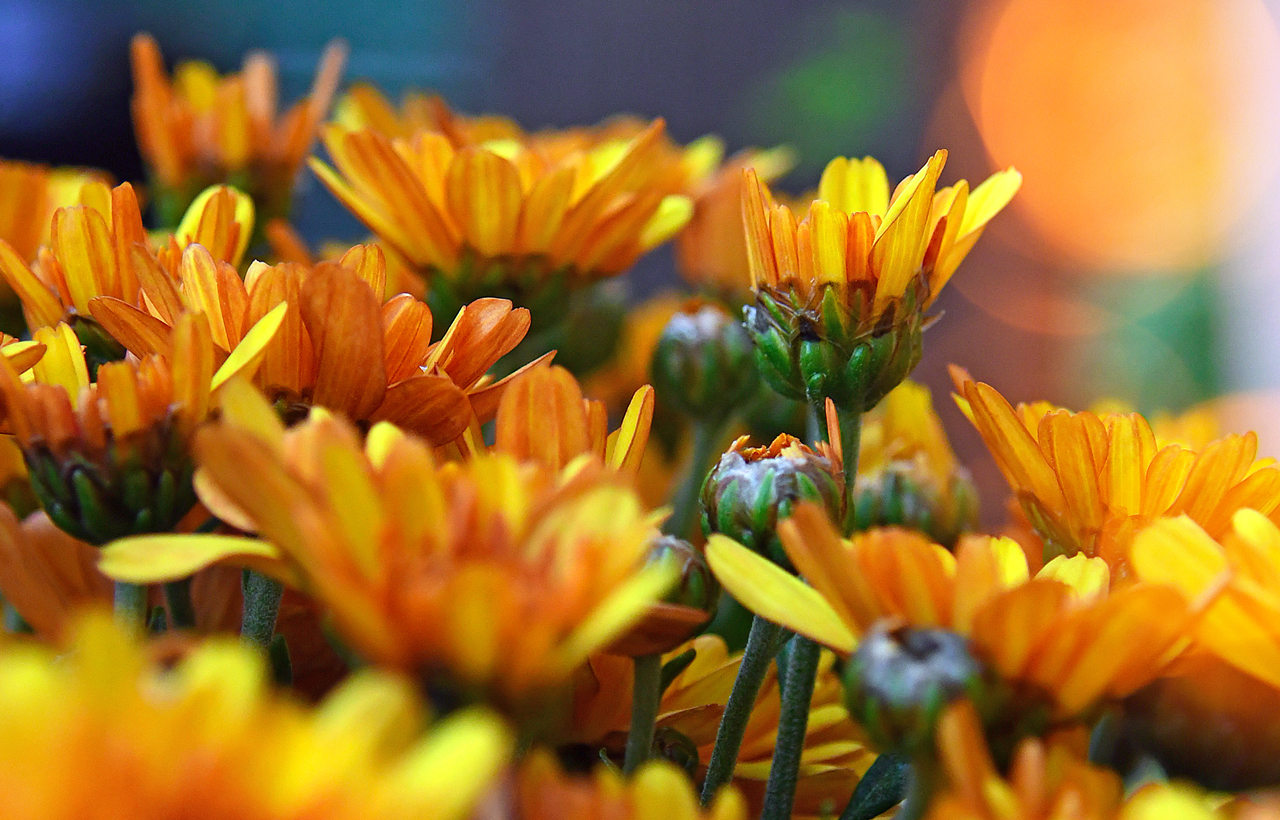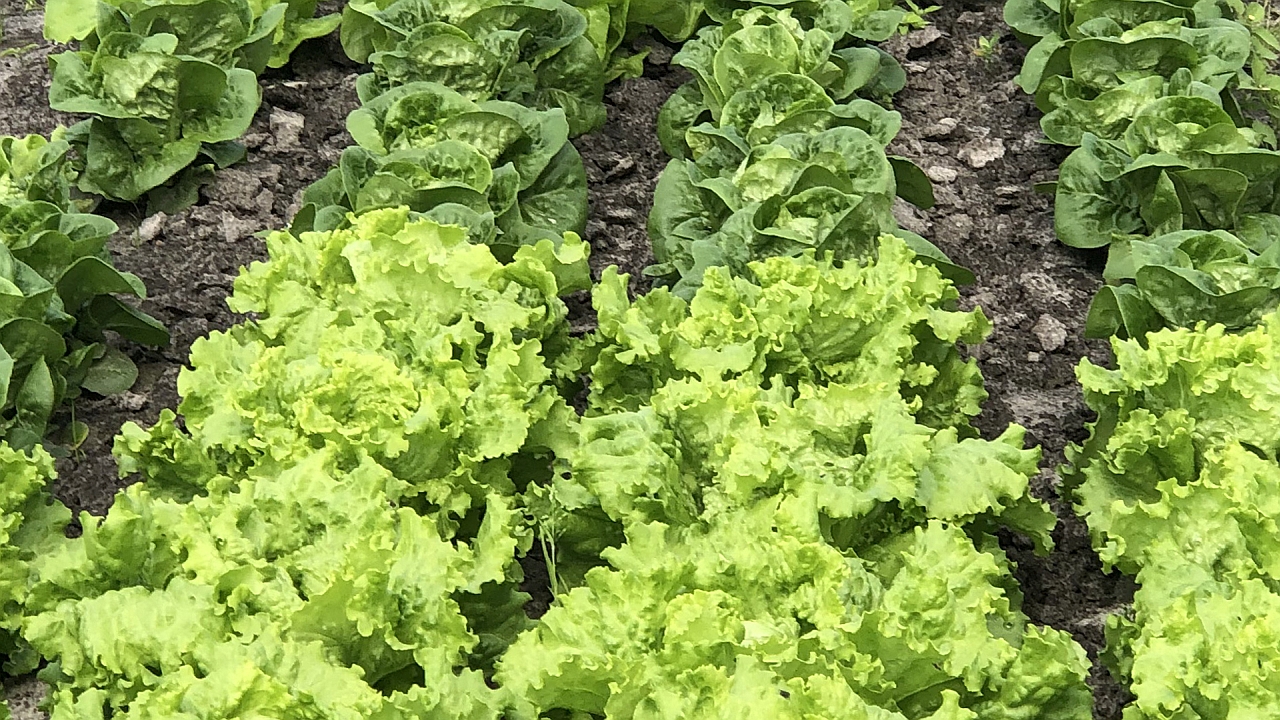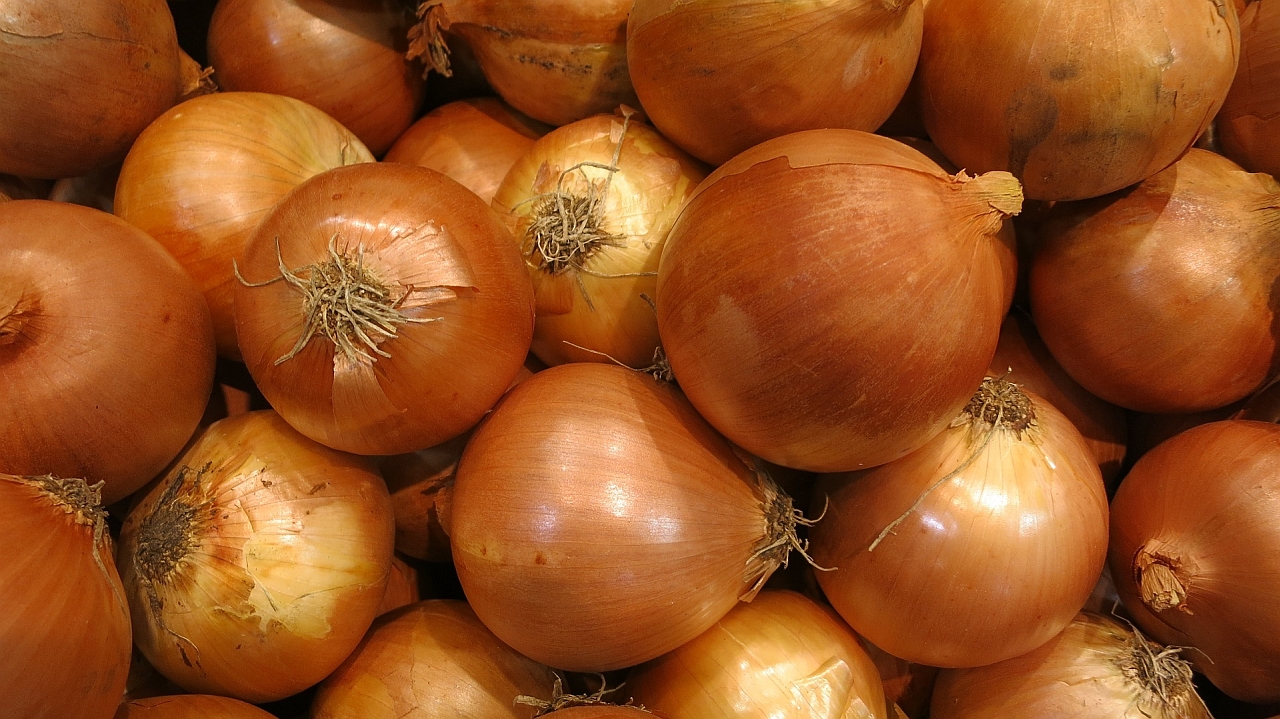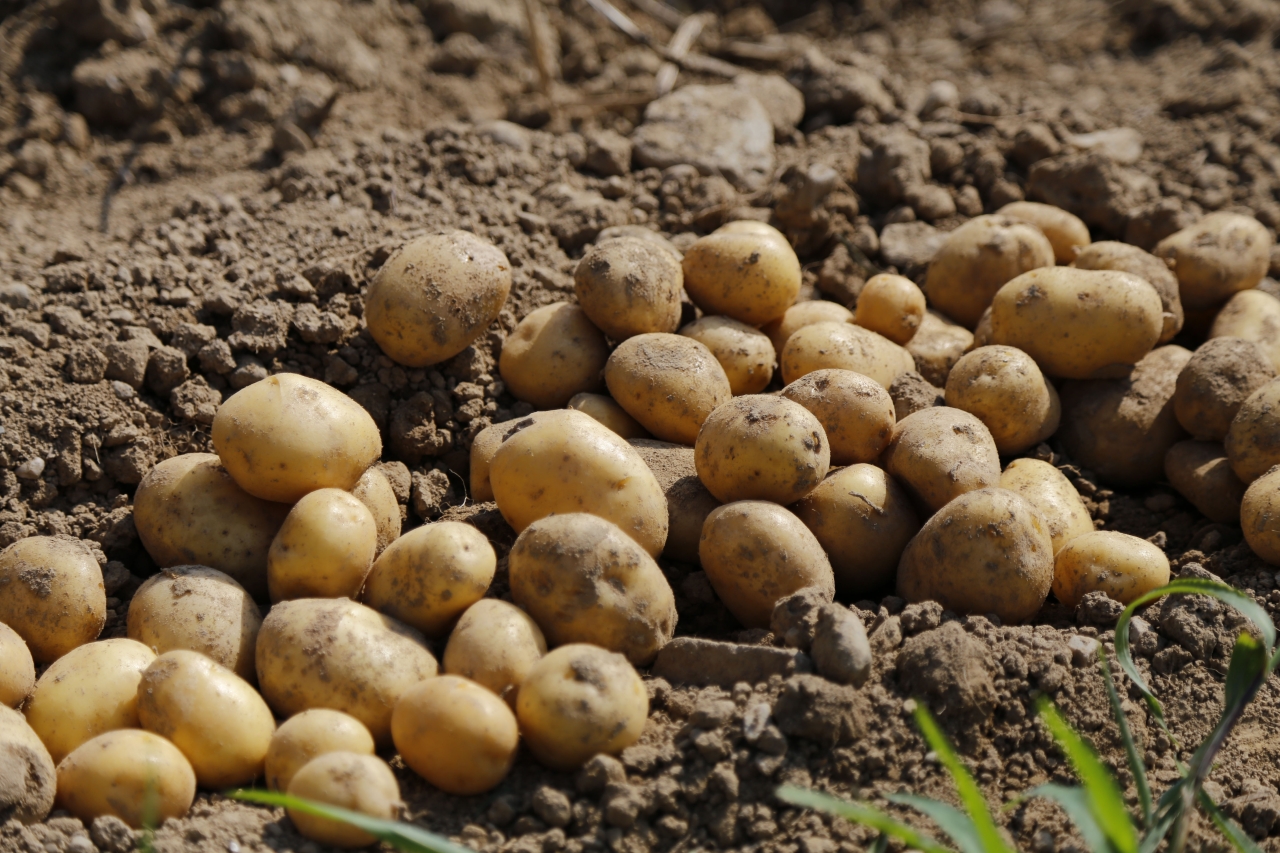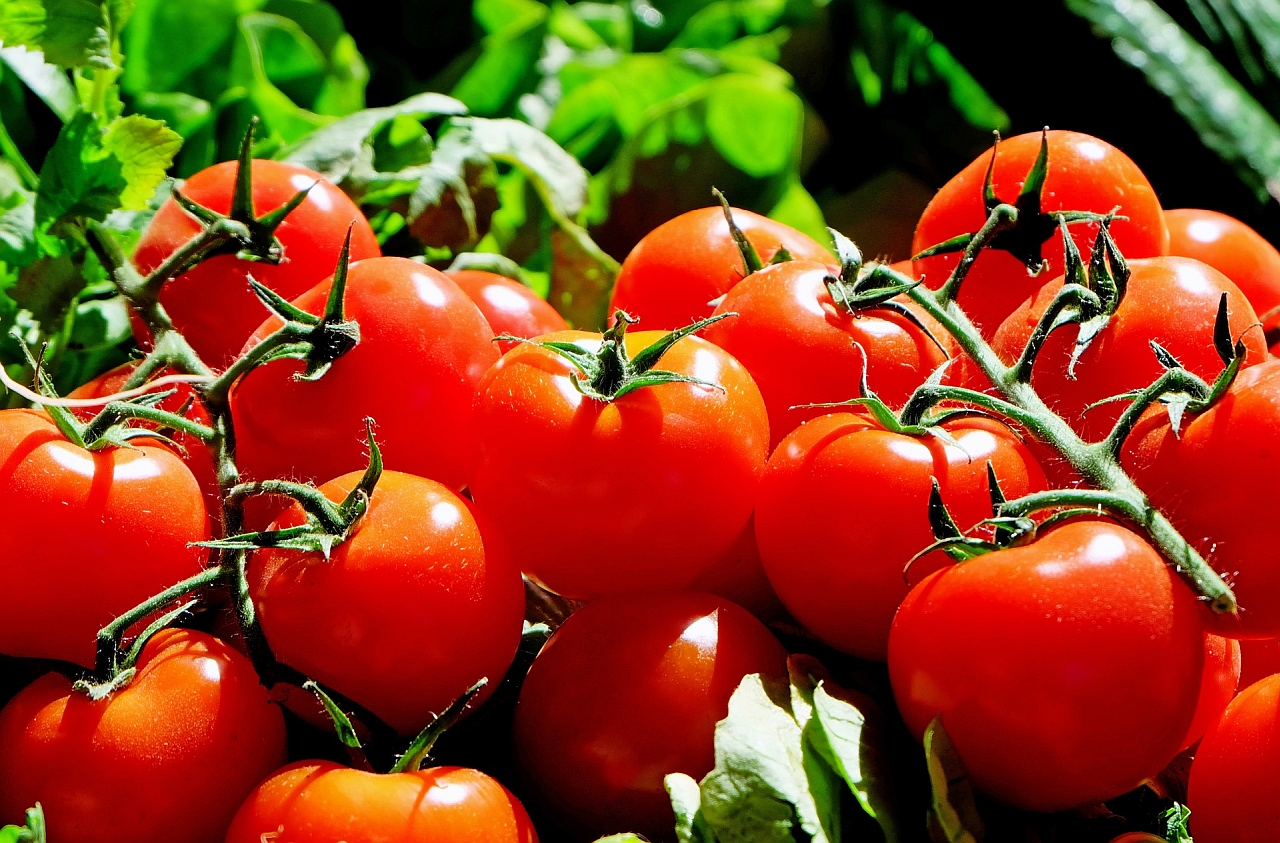The vegetable crop lettuce is ideal for the Western diet: low in carbohydrates, full of vitamins, minerals, and antioxidants. It is the second most eaten vegetable in the United States and fifth in the Netherlands. The crop has a global production value of approximately €11 billion annually.
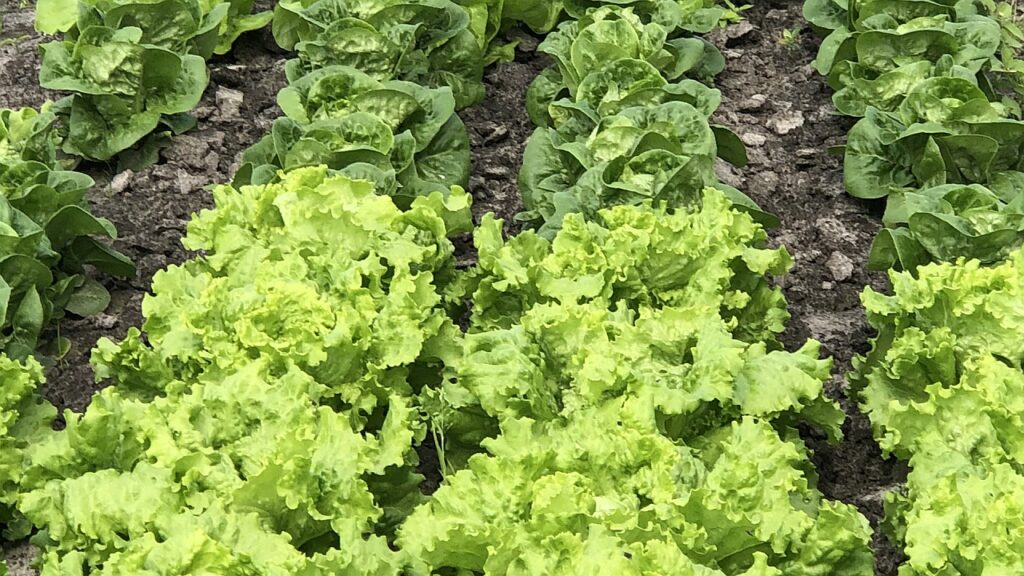
Important environmental threats in lettuce cultivation are pathogens (such as fungi and aphids) and climate change (such as heat, salinisation, shortages of clean water).
Sustainable production
Breeding of more resilient lettuce varieties is important for reliable and sustainable production in the future. Cultivation is projected to happen under glass more often because of higher requirements for the product in terms of health, consistent quality and delivery, as well as the need for cultivation with fewer chemical crop protection agents.
Expansions of lettuce cultivation in Asia and South America also impose new conditions to crop varieties.
Lettuce is very suitable as a model crop for CropXR research because a lot of genetic data on the plant is already available. The Netherlands has a very active lettuce research community, as demonstrated by its own website.



